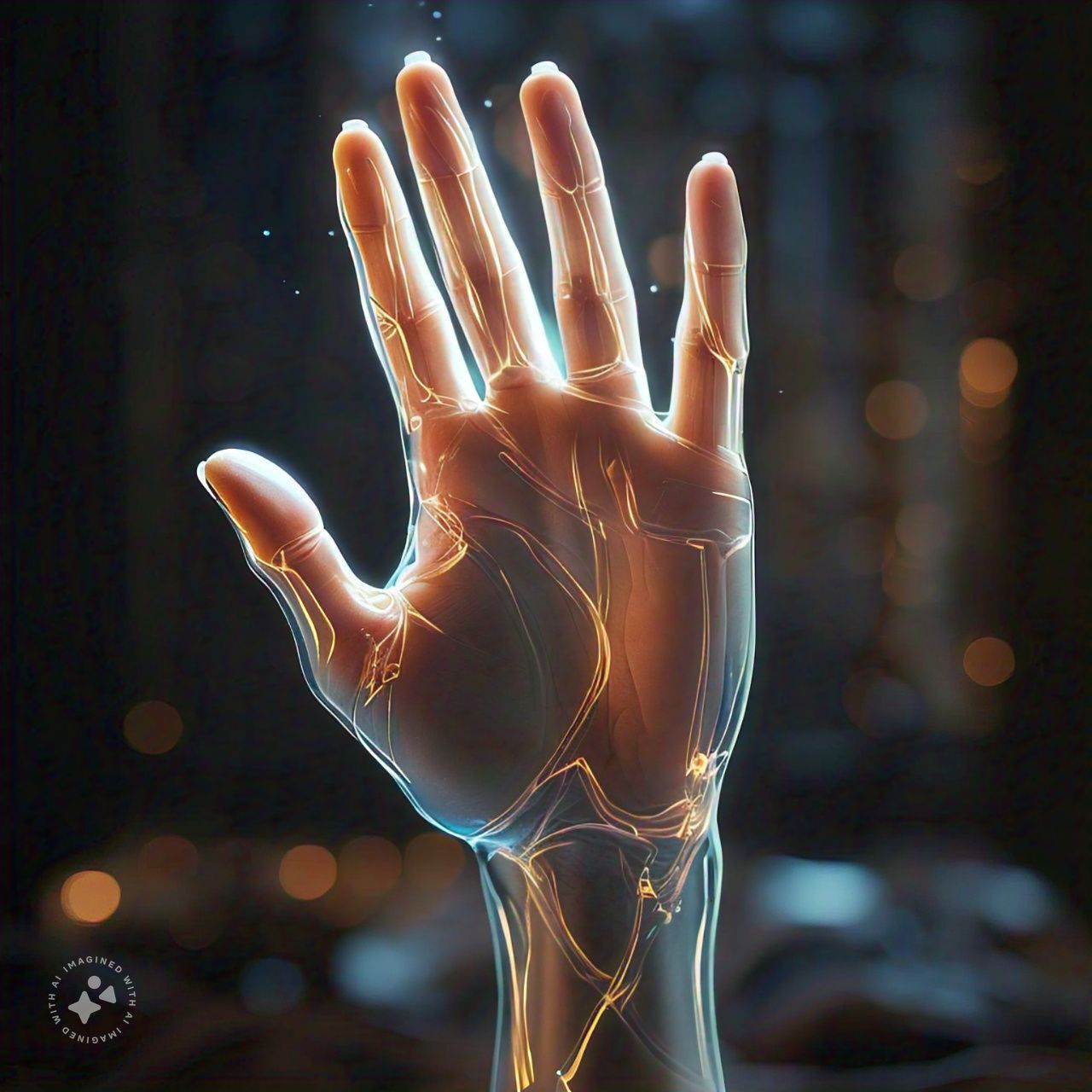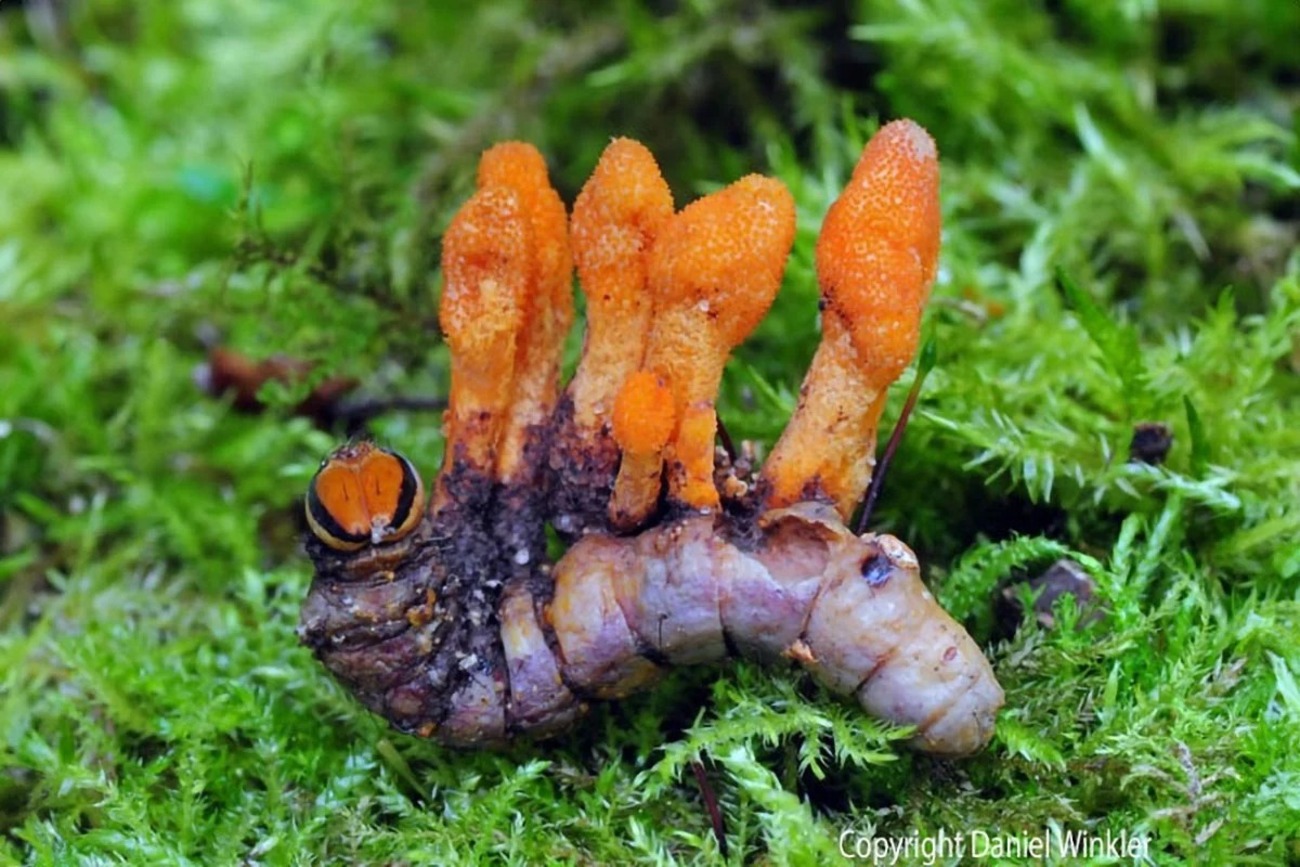
They manage to make skin transparent using a natural dye.
by: Alejandra Legarda- periodista
A team of researchers from Stanford University and the University of Texas at Dallas has developed an innovative technique that makes living tissues transparent, which could revolutionize both medicine and biological research. Using a common food dye called tartrazine, the scientists managed to make the skin on the skull and abdomen of live mice transparent, enabling better visualization of blood vessels and internal organs without the need for invasive procedures.
Dr. Zihao Ou, the lead author of the study published in Science, explained that human skin scatters light, making it difficult to see through. However, by combining tartrazine with the skin, they were able to allow light to pass through the tissue, revealing what is normally hidden.
CONTENIDO RELACIONADO
This breakthrough holds significant potential for internal medicine, as current diagnostic techniques, such as ultrasounds, are often expensive and not always widely accessible. The new technology could reduce these costs and make diagnostics more globally accessible. Although the method has not yet been tested in humans, researchers are already working to adjust dye doses and application methods for human skin, which is much thicker than mouse skin.
Beyond medical applications, this technology could revolutionize biological research by allowing detailed observation of dynamics in living tissues, something that has not been possible with traditional microscopes. Researchers are experimenting with other molecules to further optimize the process and have already applied for a patent on the technology.










DEJE UN COMENTARIO:
¡Únete a la discusión! Deja un comentario.